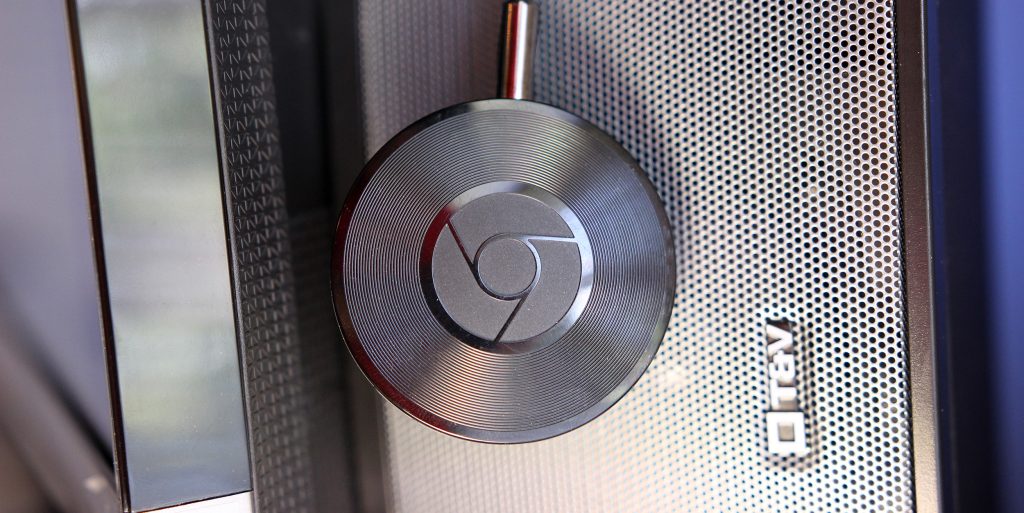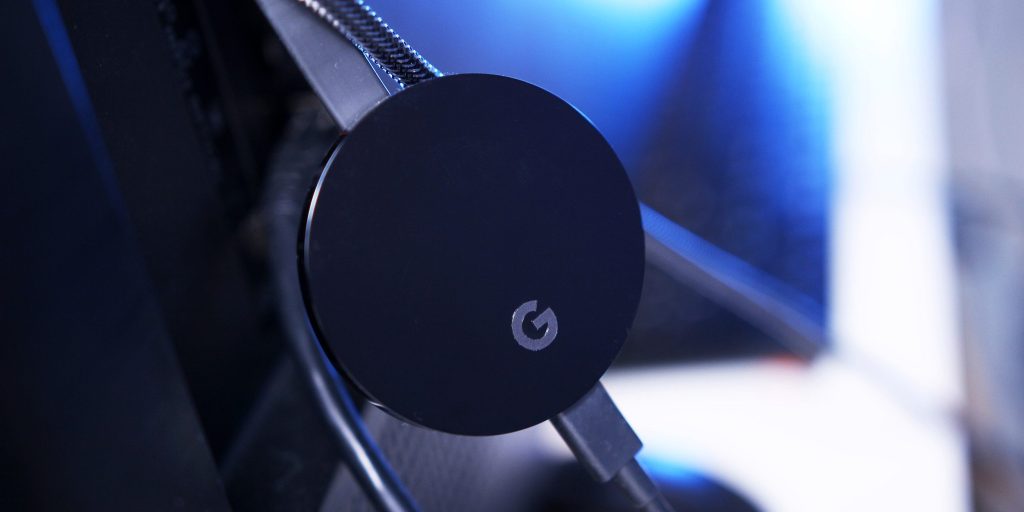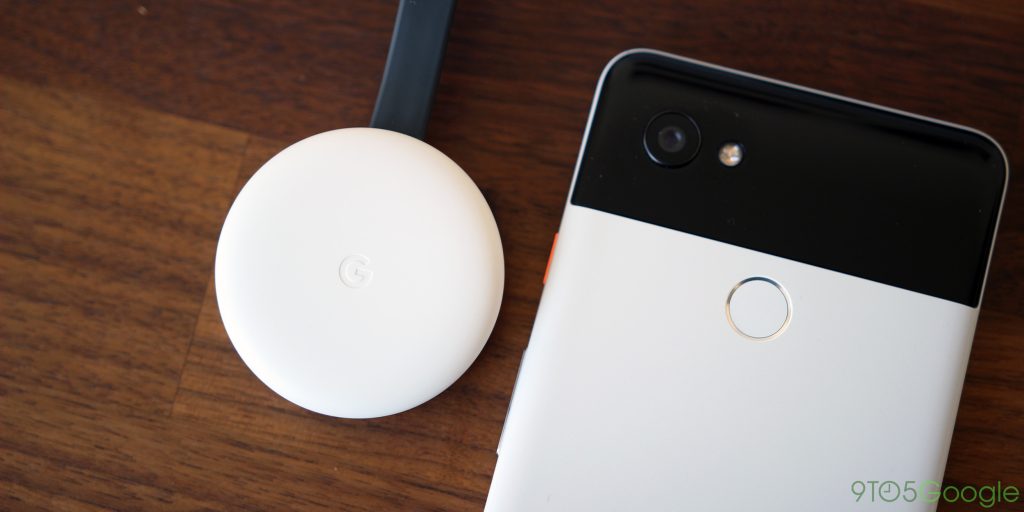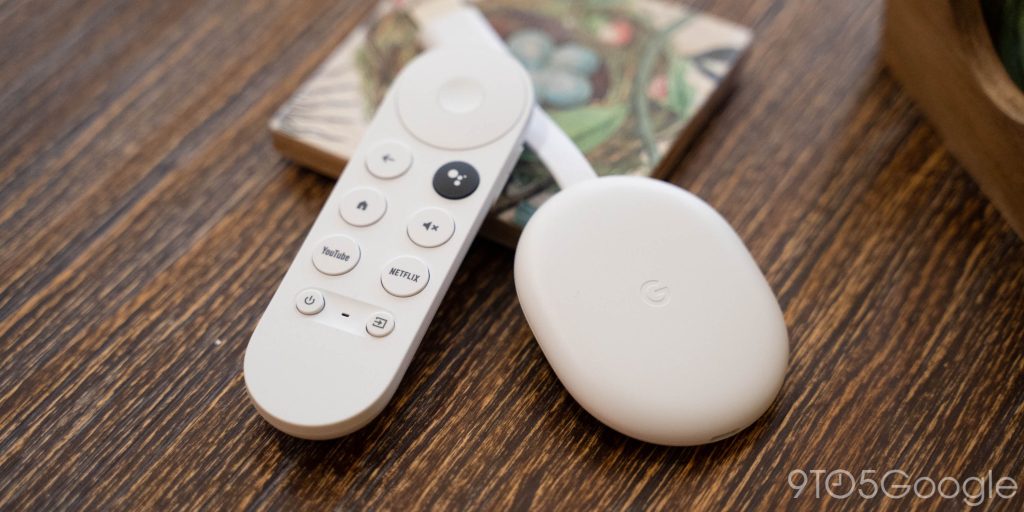
The Chromecast line is going off into the sunset, with the iconic series now being replaced by the Google TV Streamer. In a post, Google reflects on the 11-year history of the Chromecast lineup.
Google unveiled the first Chromecast back in 2013 as a dead-simple streaming dongle that supported streaming from apps on your phone or tablet with the click of a button. It didn’t have a remote or really any software to speak of, leading to a very simple experience on the whole. And it was a massive hit.
Over 11 years and a few generations, Google says it has sold over 100 million devices.
That started, of course, with the first-generation Chromecast.
As Google explains:
This tiny device brought the experience of casting content from your phone to the biggest screen in your house. Chromecast (1st Gen) was a small, portable stick that plugged right into the HDMI port of your TV. You could then use your phone, tablet or computer to wirelessly cast content from apps like YouTube.
Two years later, Google followed up with the Chromecast (2nd Gen) which offered an updated, more flexible design that worked better with more TV designs. It also had upgraded hardware and some flashy new colors. Perhaps our favorite bit was the clever magnetic attachment point the HDMI cable which made the dongle easy to pack away on a trip.
The second-generation Chromecast had a new dongle design, plus new color options (yellow and red, in addition to black). Switching to a dongle made it easier to tuck Chromecast behind your TV. And with a magnetized back and HDMI plug, it attached perfectly to TVs and wall mounts.

But 2015 wasn’t just about that single Chromecast. That same year also saw the arrival of the Chromecast Audio, a clever little device that could turn a traditional speaker into a connected one. It still works down to today, and nothing has even really replaced what the Chromecast Audio did.
We launched Chromecast Audio, a streaming music player, which could plug directly into speakers or home theater systems for easy audio streaming. It transformed any speaker into a modern streaming audio system. It also featured a headphone jack and grooved design to resemble a vinyl record.

In 2016, Google finally ackowledged that 4K TVs were ubiquitous and launched the Chromecast Ultra, a much more powerful streaming dongle that could handle 4K output, Dolby Vision HDR, and more. It was also later used to bring Google Stadia to the TV. But this was also around the time when users started to want more out of the Chromecast, especially as Google’s device was now lacking a remote and software while competitors such as Amazon were pushing forward with new ideas.
Chromecast Ultra was the first Chromecast device to provide 4K streaming and an ethernet port for uninterrupted viewing. It was also the first to support Dolby Vision.

2018 saw the last “real” Chromecast, with the third-generation device offering a handful of improvements to what it could do, but was starting to feel the pressure of customers wanting a device that worked without their phone.
The third-generation of Chromecast leveled up with smoother playback support and 15% faster speeds than its predecessor. We also added support for Dolby Digital Plus and fully integrated Chromecast with Nest smart speakers, so you could control your TV with a quick “Hey Google.”

In 2020, Google finally answered that call with the Chromecast with Google TV (4K), an Android-based streaming dongle that also delivered on what Google says was its biggest customer request, a voice remote.
Chromecast with Google TV (4K) came onto the scene to organize all your entertainment in one place with tailored recommendations, a personal watchlist and the ability to search across all your apps at once using your voice. We also introduced our most-requested feature: a voice remote.

Finally, in 2022, what is now the final Chromecast release was the Chromecast with Google TV (HD), which brought the best parts of the 4K model down to an even lower price than the original 2013 Chromecast could deliver.
We launched Chromecast with Google TV (HD), built with affordability in mind, to bring the Google TV experience — including access to over 10,000 apps in 1080p — to even more people.

Top comment by Lucas de Eiroz Rodrigues
To me, that was another big mistake from Google. I agree that the original Chromecast is not what most people want nowadays, but the Chromecast with Google TV had a feature that is a killer one: carry your TV software (alongside all settings and apps logged in) easily with you. This was a blessing when I was traveling, because I don't want to set my apps in a hotel room TV.
And yes, many TV's come with Google TV now, but OEMs tend to bloat the system, support is scarce, and they are not as smooth. A cheap but competent Chromecast solved that problem, but Google is introducing that yet again for their customers. Thanks, Google.
As we covered yesterday, Google is not just immediately killing off the Chromecast. Updates and support will continue, but production has come to an end. Existing stock will continue to be sold until it is no longer available and there won’t be another Chromecast coming afterwards.
Google’s reasoning for this shift to the Google TV Streamer is effectively just that times have changed. When Chromecast was first introduced, smart TVs were rare, so getting your TV connected with a $35 dongle had a huge impact. Even back in 2020, when Chromecast with Google TV was announced, there was still plenty of demand for such a product. But nowadays, smart TVs are getting better. The tech that Chromecast added to a TV – Cast and, more recently, Google TV – are already built into millions of TV sets. As such, the need for dedicated streaming devices has shifted from very basic, low-power devices, to more advanced and capable options, like the more-powerful Google TV Streamer.
Will you miss the Chromecast? Let us know your thoughts on Google’s shift in the comments down below.
More on Chromecast:
- Google is no longer making Chromecasts and will let inventory run out
- ‘Google Cast’ is replacing the ‘Chromecast built-in’ brand
- LG TVs are getting Chromecast built-in and Google Home support
Follow Ben: Twitter/X, Threads, Bluesky, and Instagram
FTC: We use income earning auto affiliate links. More.


Comments